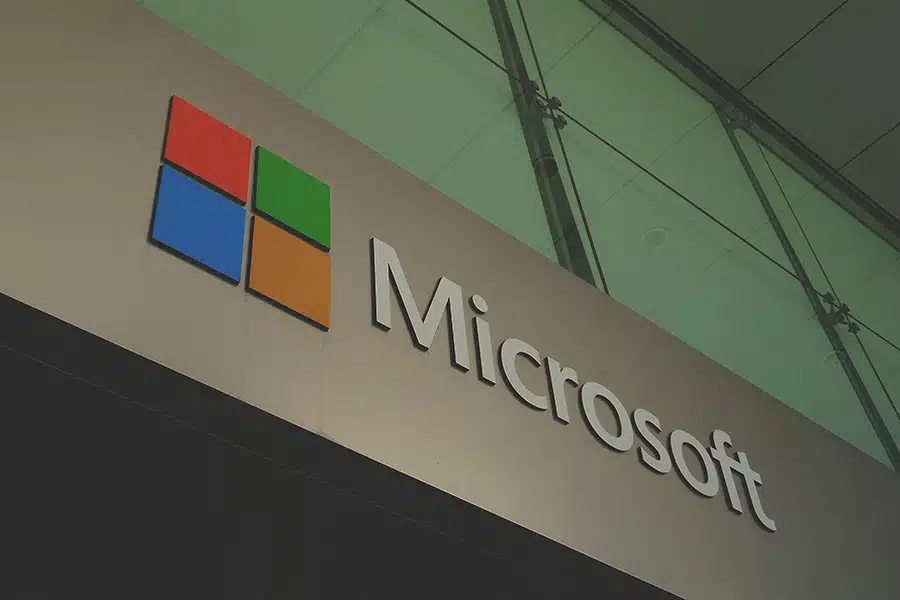As they say, all good things must come to an end. The same applies to your computer’s operating system. The moment an operating system is released, the clock begins to tick toward the day the developer ceases support. This day is referred to as the OS end of life, and if you’re a Microsoft Windows 7 user, that day is coming closer. Microsoft has announced that the end of life date for Windows 7 is January 14, 2020. That may appear far enough out, but don’t force future you to deal with the consequences. Understand what end of life means for an operating system and how to prepare you and your business.
Why Does an OS Have an End of Life?
Software developers have two functions. The first is as a business. Companies release new versions of operating systems to gain market share and increase profits. The other is as an innovator. It’s incredibly rare for the first version of anything to be the final one. Things are always improving and advancing. To continue to push computers and technology forward, developers must innovate. If developers kept supporting old operating systems, they wouldn’t have the resources to develop new versions and offer exciting features. This is where the OS end of life comes in.
How Does an OS End of Life Affect My Business?
The short answer is cost and security. Upgrading your entire organization’s computers can be a significant investment. Knowing when a developer will stop supporting the operating system your company uses will allow you to plan and budget accordingly. As for security, running an unsupported operating system will leave your computers and network vulnerable to attacks and data breaches. Which, in turn, could end up costing you more than it would have to upgrade your systems.
Microsoft Windows End of Life Dates
Microsoft Windows is used by a majority of businesses around the world, so there’s a good chance you’re one of them. As we mentioned, Windows 7 will be losing support on January 14, 2020. Other Windows operating systems have had their end of life dates set as well. Windows 8 is scheduled to lose support on January 10, 2023, and Windows 10 is October 14, 2025. Knowing the dates will allow you to plan, determine what upgrades you will make, and budget for them.
Prepare for the End (of Support)
For your business to be in a better position when the end of life date for when Windows 7 approaches, you need to plan for the long-term and know your options. It’s best to work with your IT department or a managed service provider to ensure a proper strategy is in place. At IT Support Guys, our staff has years of experience keeping businesses up-to-date and prepared for when developers no longer support their operating systems. Now that you know the end of life date for Windows 7, you can begin your planning. Let’s review a few of the strategies we recommend.
Update Everything
The most fool-proof option to ensure your business is prepared for the OS end of life is to update everything. When we say everything, we mean the operating system and the hardware. Of course, this is much easier said than done. A significant amount of capital is needed to update your entire infrastructure. We recommend updating everything because older hardware is more prone to failure and might not be capable of handling the newest operating system. If you have already purchased new computers or servers, then you’re one step ahead.
Now that the hardware is out of the way let’s talk about the operating system. Windows 10 is by far the most popular operating system on the market, with Windows 7 not too far behind. If your business is one of the many that still has Windows 7 machines, we recommend upgrading to Windows 10 not that Windows 7 has reached it’s end of life meaning. The issues with Windows 8 have been well documented, so it’s best to go ahead and upgrade to the latest version. And the end of life date for Windows 10 isn’t until 2025 so you’ll be covered for a while.
Completely Virtualize
An option that is a bit friendlier to a small business’ budget is virtualization. Instead of having an actual version of your infrastructure, you would virtualize components, including software and hardware, and host them on the cloud. Cloud computing has become increasingly popular among small businesses, and with good reason. The cloud is an affordable infrastructure system that can take a lot of the monitoring and maintenance responsibilities away from the business owner. If this is the option your business decides, you’ll need to work with IT specialists, such as our team at IT Support Guys, to develop a strategy to ensure proper implementation.
Ultimately, the decision to update is entirely up to you. Can you still use the operating system after the support ends? Absolutely, but it’s not advisable. The good thing is you still have time to plan for the eventual end. To determine the right strategy for your business, reach out to IT Support Guys. We have over a decade of experience working with small and medium-sized businesses, just like yours, to manage their technology needs. Call 855-4IT-GUYS (855-448-4897) today and speak with a specialist to learn about all the ways IT Support Guys can help improve your business’ infrastructure and to schedule your free network assessment.



